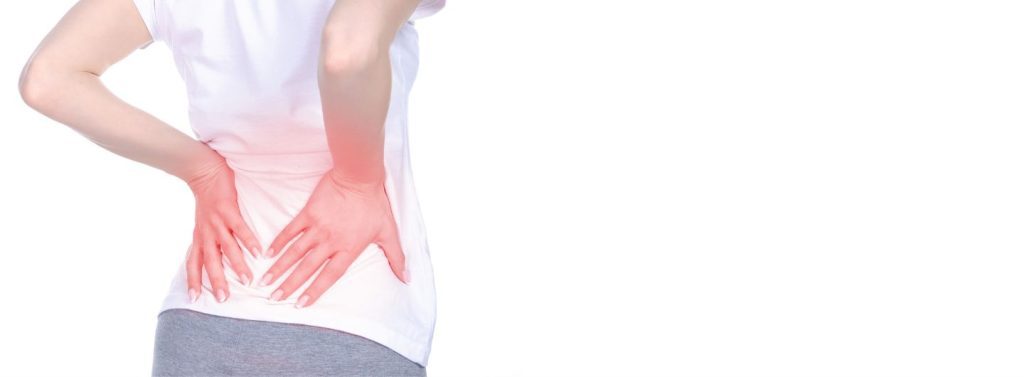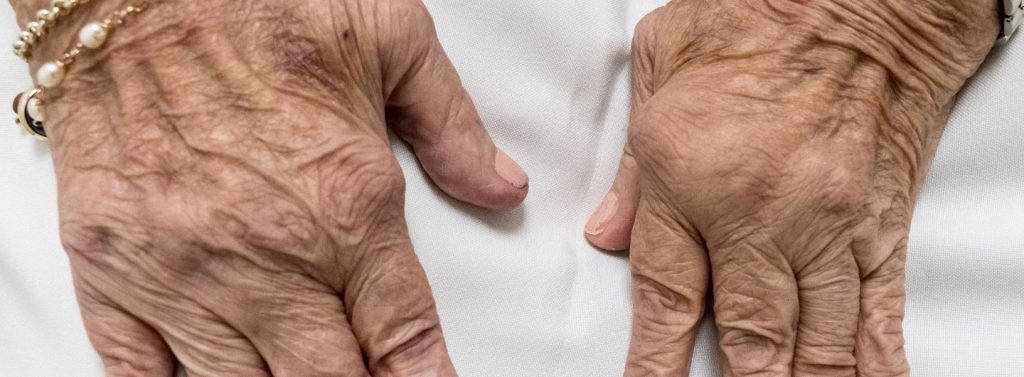Ayurvedic Treatment for Chronic Back Pain

Today, a majority of us are living in an era of erred lifestyle, where our work has occupied a central place which earlier was ‘our health’. The pre-and post-pandemic periods, both culminated in certain chronic and acute diseases. These days, we tend to do less physical activities, which has become the primary reason for various health-related issues. Of many diseases, back pain is the prevailing one among the crowd. According to research, the prevalence of back pain in India is reported to be between 6.2 and 92%
The study also indicates that most women (60.9%) with low back pain experienced moderate disability too.
Nearly 72% of women with low back pain perceived their Quality Of Life (QOL) as good, and the overall mean QOL score was 88.41.
The back pain arises due to the demographic variables that include age, marital status, illiteracy, total family income, type of delivery, number of children and household chores, menopausal status, and chronic illness.
It is even observed that the prevalence of low back pain among women was comparatively more than in other studies in India.
There are two types of back pain:
Acute Back Pain: It remains for a shorter duration of time, generally from a few days to weeks. This pain disappears with time and self-care and is not a matter of worry.
Chronic Back Pain: In this situation, the pain lasts for 12 weeks or longer. It is found that nearly 20 percent of people suffering from acute back pain develop chronic back pain, with the symptoms continuing for a year.
In this article, we will focus on chronic back pain and its assured treatment in Ayurveda.
Let’s get started
Understanding Back Pain and its Treatment in Ayurveda
SYMPTOMS
Back pain stems from the nerves, muscles, joints, bones or other structures in the spine.
Some of the most observed symptoms are
Muscle ache
Shooting or stabbing pain
Pain that radiates down your leg
Prolonged sitting
Numbness
Limited flexibility or range of motion of the back
Inability to stand up straight
CAUSES OF BACK PAIN
Back pain usually develops without a particular cause. Following are the common causes that are associated with back pain:
Muscle or ligament strain-The abrupt or sudden lifting of heavy items may strain back muscles and spinal ligaments. If a person is in poor physical condition, the persistent strain on the back may lead to painful muscle spasms.
Bulging or ruptured discs– Discs provide support to the individual bones (vertebrae) in the spine. They are like cushions for the bones. At times, the soft material inside a disc may bulge out of place, or it may rupture and press on a nerve. Generally, the disc disease is found incidentally. Many people not having back pain turn out to have bulging or ruptured discs during a spine X-rays for some other causes.
Spinal degeneration – Spinal degeneration from disc wear and tear may result in narrowing of the spinal canal. A person with spinal degeneration may go through stiffness in the back while walking or standing for a long time.
Arthritis – This can also affect the lower back. Arthritis in the spine can lead to a narrowing of the space around the spinal cord, a condition known as spinal stenosis.
Skeletal irregularities – Back pain can also occur if the spine curves in an abnormal way. Scoliosis, is a condition in which the spine curves to the side, and also may lead to back pain, this occurs only when scoliosis is severe.
Osteoporosis – Compression leads to fractures of the spinal vertebrae, which can occur if the bones become porous and brittle.
Fibromyalgia – It is a chronic disorder characterized by; musculoskeletal pain, fatigue, and multiple “tender points,”, particularly in the neck, spine, shoulders, and hips.
Spondylitis – It refers to chronic back pain and stiffness caused by severe infection or inflammation of the spinal joints.
BACK PAIN AND AYURVEDA
Back pain in Ayurveda is attributed to the vata dosha. The Vata dosha occurs due to various reasons such as, faulty dietary and lifestyle. This Vata dosha travels through the whole body and gets accumulated in the area of blocked channels. The blockage can be found in the lower back area and gets accumulated there, hence causing pain.
AYURVEDIC TREATMENT FOR CHRONIC BACK
The major focus of Ayurvedic treatment for back pain is on various aspects of life such as, diet, lifestyle, and herbal remedies.
Change in lifestyle leads to a change in posture to maintain the natural curvature of the spine, and herbal remedies focus on minimising the inflammation in soft tissues and relaxing the supporting muscles.
Ayurvedic treatment for chronic back pain involves the following:
Panchakarma
Bad Posture leads to a reduction in the intervertebral joint space causing Vata dosha, which is addressed through the administration of herbal medications orally as well as detoxifying using Panchakarma.
Enema is also used to correct the Vata dosha, strengthening the bones and joints, thereby reducing back pain.
Abhyanga involves massage, which is done by warm medicated oil. It is an Ayurvedic treatment for back pain that provides relief from chronic back pain by balancing the doshas.
Kati Vasti is also an Ayurvedic treatment which is a method of treating lower back pain.
Pranayama Regular Pranayama can be helpful in correcting the Vata dosha. Anulom viloma can be helpful too.
Diet It is advisable to avoid refrigerated food and drinks and to consume only warm, sour, and salty foods to pacify vitiated Vata.
Agnikarma is also an Ayurvedic treatment for dealing the back pain, and it is the use of thermal microcautery where an instrument known as Agnikarma Shalaka is used to heat specific areas to provide relief from pain.
Ayurvedic Herbs such as Guggul, Nirgundi, Shallaki, and Ginger can also treat chronic back pain.
Related Blog











